“Sheet metal punching combines the force of the press with the finesse of the die to produce clean cuts and holes seamlessly”
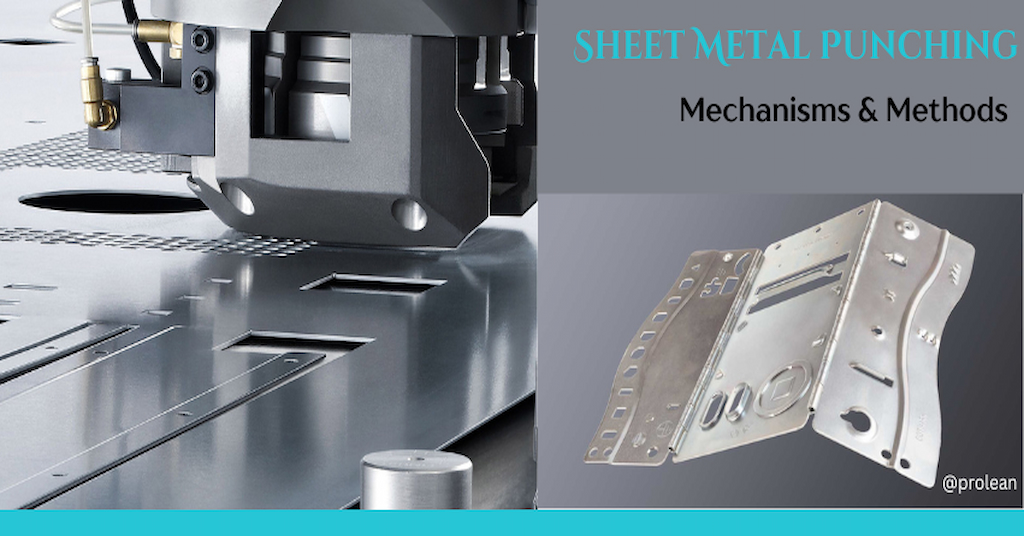
Punching is one of the simplest metal fabrication processes that can produce a variety of shapes from sheet metal based on the geometry of the punch die. It involves punching a metal sheet to cut out the intended geometry, leaving the scrap. Here, the cut-out shape is similar to the shape of the punch. Moreover, Sheet Metal Punching is applicable to create a diverse range of parts or products.
This article will discuss the punching mechanism, design tips, punching methods, advantages, and more.
Sheet Metal Punching Mechanism
This process is also known as Sheet Metal Hole Punching because it makes different shapes of holes on the sheet. A punch tool exerts force in sheet metal so the intended portion is punched out and results in precise and clean holes or cutouts similar to Puch’s geometry.
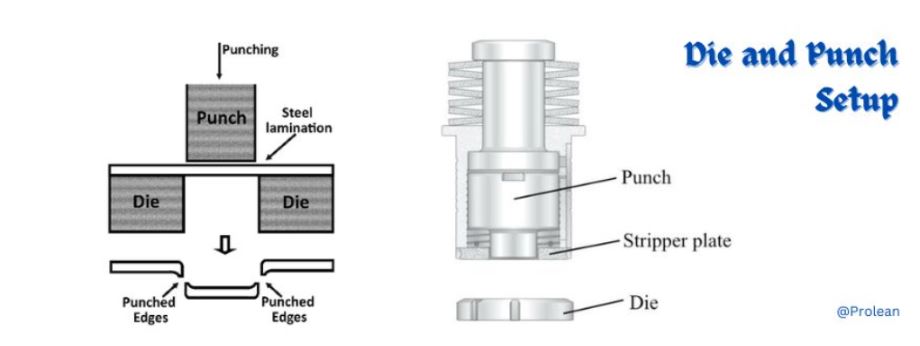
Die and punch setup
The Punch and Die Set
The die set contains two sections: the upper part & lower part. The lower part (die) is positioned above the sheet and contains the negative geometry of the punched-out section( also called scrap). Meanwhile, the punch fits into the die’s cavity while applying the force.
The punch and die-set come in standard shapes like square, rectangular, circular, etc. However, any complex or unique shape is achievable with the Custom Sheet Metal Punch.
CNC Punching Machine
Furthermore, a CNC punching machine can precisely control the punching force and position. So, it can produce accurate and consistent cutouts and holes.
- Precision as low as ± 0.008″.
- High speed, hundreds of punches per minute
- Consistent results across multiple production runs
- Compatible with a wide range of material sheets
Related: Sheet Metal Punching: A Guide to Precision Fabrication
Try Prolean Now!
Custom Sheet Metal Punching
The punching technique is not only limited to punching standard shapes like squares or circles. The custom dies and punch setup can make open areas of any geometry in the metal sheets.
The Custom Sheet Metal Punching uses a custom punch and a corresponding die to make the holes. The punch is a hard metal rod with a shape that matches the desired hole or form. Meanwhile, the die contains a matching opening. For example, punching the specific areas on refrigerator shelves, electronic enclosures, etc.
Examples of Custom Sheet Metal Punching Parts
- Cutouts on electrical enclosure panels for switches and connectors.
- Ventilation grilles for HVAC systems
- Instrumental Panel of Aircraft
- Lighting fixtures
- Automotive brackets for engine bay
Sheet Metal Punching Products and Parts
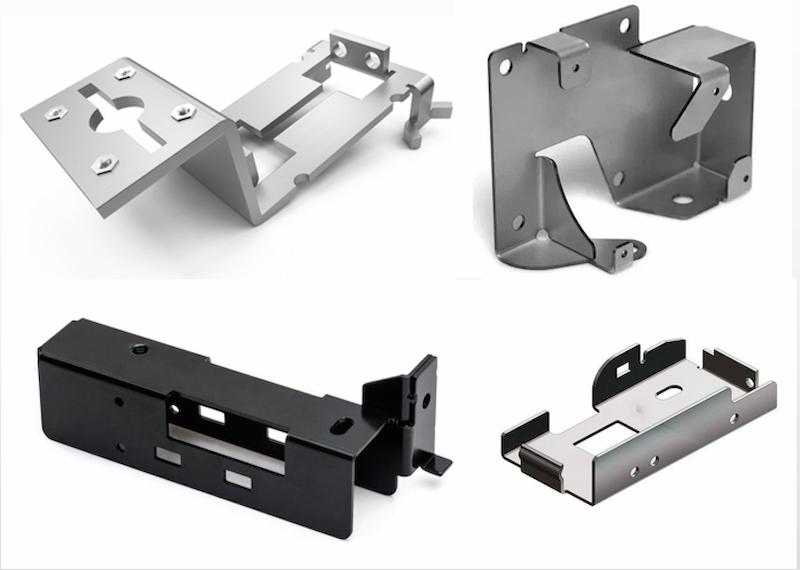
Sheet metal parts
This metal-forming method has numerous applications across the industries. Punching is an essential method in the manufacturing of different industrial items. Automotive, aerospace, electronics, and HVAC are the common applications of Sheet Metal Punching.
Table: Sheet Metal Punching Applications
| Industry | Application Examples | Advantages |
| Automotive | Body Panels, chassis components, exhaust systems, interior, and heat shields | High precision, improved fit, durability |
| Electronics and Telecommunications | Enclosures, connectors & terminals, heat sinks, racks, and cabinets, | Precision and customization |
| Construction | Roofing, Cladding, HVAC systems, facades, HVAC ducts, and Vents. | Structural integrity, aesthetic design, and efficiency |
| Medical | Medical equipment components & furniture, device enclosures, etc. | Precision, hygiene, and durability |
| Aerospace | Aircraft Panels, structural brackets, fuselage parts, and control surfaces | Precision, strength, lightweight construction |
Guidelines for Sheet Metal Punching
1. Design Considerations
It is important to avoid weakening the structural integrity of the sheet metal. So, here is the equation to calculate the minimum distance between the punching holes;
min. distance = 2.5t + r ( If diameter is < 1″)
= 2t + r ( If diameter is > 1″)
Here,
t= Metal sheet thickness
r= Bending Radius, it refers to the inside radius of the bend that is being formed if thres is bends near the punching holes.
Furthermore, the minimum hole diameter should be at least the thickness of the sheet and the minimum distance of the hole from the edge should be 1.5 t.
2. Punching Force Calculation
Using the correct punching force is essential for Accurate sheet metal punching and to maintain the material’s integrity. The excess Metal Punch can cause cracking around the punched area and less force can leave the burrs.
Here is the equation to calculate the accurate punching force;
F(in KN)= k x τ x p x t
τ = Shear strength(Mpa)
k= safety constant
p= Punching perimeter(mm)
t= Sheet thickness(mm)
Try Prolean Now!
What are the Advantages of Sheet Metal Punching?
It has several advantages in metal fabrication, from its precision and speed to cost-effectiveness and versatility.
Here are six key advantages of sheet metal punching;
1. Precision and Accuracy
The CNC sheet metal punching machines are capable of very high precision and accuracy. So, it fits the requirements of parts that must fit tightly and function correctly without adjustments.
For example, in the automotive industry, punched dashboard panels and brackets perfectly fit within a car’s tightly engineered interior.
2. Production Efficiency
It is the most significant advantage of sheet metal punching. CNC punching handles multiple punches in the same panel or sheets with high speed. As a result, the cycle time is reduced even for complex punching tasks.
3. Cost-Effectiveness
The setup costs for punching operations are relatively low. Next, the process minimizes material wastage and increases production speed. Thus, the cost becomes low compared to other forming processes.
4. Material Options and Design Flexibility
Punching can be used with diverse material sheets, including aluminum, steel, and brass. It can accommodate different thickness variations. Additionally, the design can be adjusted easily by changing the die and punch arrangement.
5. Minimal Finishing Requirements
The punches used in sheet metal punching create clean and burr-free holes, which often eliminates the need for additional finishing processes. It speeds up the production process and the overall manufacturing costs.
Sheet Metal Services at ProleanTech
Are you looking for sheet metal parts or Products? At ProleanTech, we offer several sheet metal forming options, including punching and stamping. Our latest equipment and tooling facilities can manipulate the 100+ material sheets in desired parts using several metal fabrication Methods.
For more than a decade, our engineers have been closely working with various industries for sheet metal projects, including automotive, aerospace, consumer goods, electronics, medical, etc. Our experience and manufacturing facility can convert your design accurately into sheet metal components.
Upload your sheet metal design for a detailed and accurate quote!
Try Prolean Now!
Summing Up
Punching is the efficient and precise method of removing a specific area from sheet metal to give it the desired shape. A variety of parts or products can be manufactured using a punching mechanism. Electronic enclosures, HVAC systems, Aircraft Panels, and electrical connectors are a few examples of punching applications.
However, the use of the correct punch-die set, punching force, and other processing parameters heavily influence the final results. Therefore, expertise and equipment are crucial in Sheet Metal Punching.
FAQs
What is the difference between sheet metal punching and blanking?
The punching process involves creating holes or cutouts in a sheet, whereas the material removed becomes waste. In contrast, the removed piece is the final product in blanking.
What is the difference between sheet metal punching and stamping?
Stamping forms the metal into specific shapes or patterns by deformation by deformation without removing material, whereas punching creates holes or shapes by removing material.
How sheet metal punching process work?
It uses a punch and die to forcibly remove pieces of material from the metal sheet, creating holes or cutouts.
Is sheet metal punching cost-effective?
Yes, sheet metal punching is cost-effective, especially for high-volume production. It offers fast processing speeds and minimal waste.
What affects the punch quality?
The quality has several factors, including the sharpness and material of the punch and die, alignment, thickness, etc.

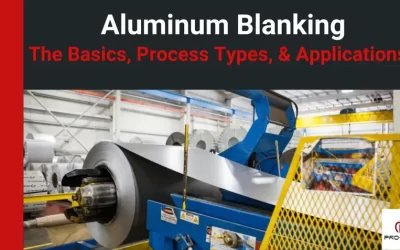
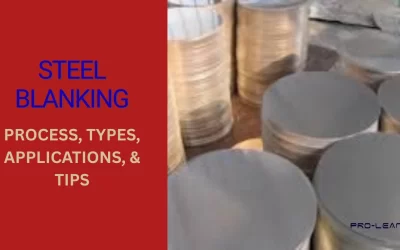
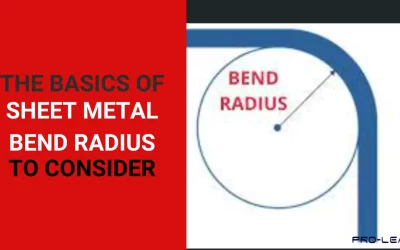
0 Comments